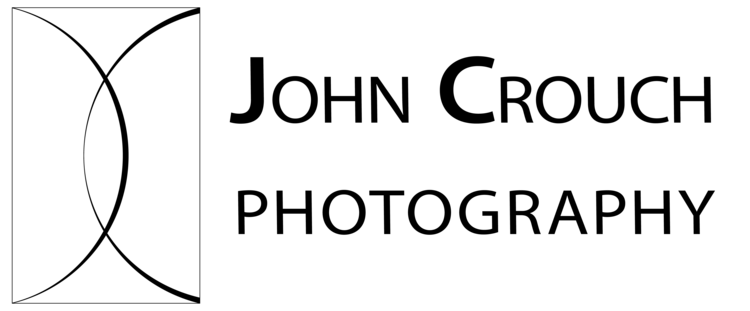One of the things I really love about Michigan is that I can actually see stars in the night sky. I used to live in Chicago where you might be able to make out around 30 stars on a clear night. Now thousands of stars are visible (when we don't have clouds) and if I am willing to drive just 20 minutes into the country that number just grows. It’s not quite as grand as it is in the western part of the US but I’ll take it.
I have enjoyed stargazing but often get frustrated taking photos of the cosmos. The “standard” exposure for shooting the Milky Way is something like f/2.8, ISO 3200, 30 seconds with a 14mm lens. That produces a decent starting point but one quickly runs into a couple of problems. First of all, you really need to worry about star trails. If you use a 100mm lens then star trails would start to show up in as little as 5 seconds. That’s not long enough to get a good exposure unless I bump the ISO up even higher to 25K or 50K. That brings me to the second problem. Stars aren’t that bright so you are always forced to bump the ISO up higher than you would in most cases and that produces a ton of extra noise. The only reason it doesn’t completely kill the shot is because a lot of the noise simply blends in with the stars. In all honestly it still looks kind of terrible at full resolution (there is a reason you see most of these kind of images shrunken down on a computer screen) and NR programs don’t handle those types of detailed scenes very well.
In an effort to extend my exposure times and use lower ISOs I went out and picked up a Polarie Vixen Star Tracker. This motorized device rotates your camera at the precise speed of the Earth’s rotation. This allows for some tantalizing possibilities.
Last night was cool and clear so I headed out to try out the Vixen for a second time (you can see my first trial in my previous post). The thing takes just a couple of minutes to setup and is a breeze to use. Best of all it performed flawlessly.
Instead of being limited to just 30 seconds I made a series of 8 minute exposures at ISO 400. Each star remained tack sharp throughout the exposure. Each image was perfectly aligned due to the Star Tracker which made stacking them a snap. Stacking the exposures and using a median blending mode reduced the noise even further and in the end this is a 32 minute exposure of Michigan’s night sky which reveals an astounding amount of detail.
So far I really love the tracker. The creative possibilities are exciting and I can't wait to go out and shoot them.
